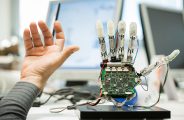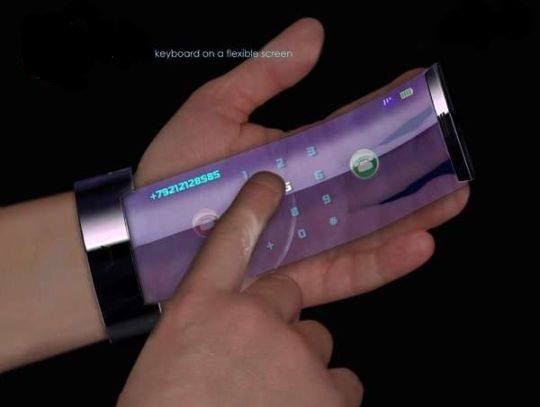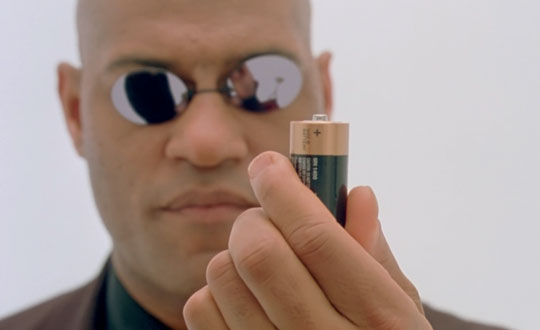Next Generation Batteries Coming, 2000x more powerful, charge 1000x faster, 30x smaller
Porous Electrode Batteries Coming, Game Changing Technlogy
University of Illinois researchers have uncovered a way to design batteries that are thousands of times more powerful, 30 times smaller and charge 1000 times faster than current offerings. If what the research team claims is true, the next generation of batteries may be just around the corner.
So — what’s the secret behind the team’s amazing battery? “Nanoporous” electrodes.
In their simplest form, batteries generate power by exploiting chemical reactions between two electrodes (i.e. cathode and anode) and an electrolyte — the substance which fills the space between both electrodes. Lithium-based materials have long been the chemistry of choice for high-powered electronics.
Although battery technology has undoubtedly improved over the years, we arguably haven’t seen a truly major advancement in portable power since the first commercial lithium ion battery (pdf) hit the scene in 1991. Li-ion batteries have remained the best trade-off between high power density and high specific energy for consumer electronics.
While touted alternatives, like fuel cells, boast desirable attributes like high specific energy and super capacitors promise near-instant charge times, each technology suffers at least one major shortcoming. It’s been effectively impossible to develop a battery that excels at everything, but Illinois researchers believe they have solved this conundrum.
“If you want high energy you can’t get high power; if you want high power it’s very difficult to get high energy.”noted James Pikul, a graduate student involved in the project.
By carefully fabricating highly-porous electrodes, scientists greatly increased the amount of surface exposed to electrolytic molecules. This massive bump in exposed surface area vastly improved battery effectiveness, combining high power density with favorable energy storage.

Miniature batteries with shorter charge times and greater power output will likely encourage manufacturers to think outside the box. The future may hold wireless devices with greater range and more utility, better medical implants and even practical, wearable electronics.
The team’s research paper, “High-power lithium ion microbatteries from interdigitated three-dimensional bicontinuous nanoporous electrodes” is available at Nature. Meanwhile, ExtremeTech offers an interesting, more in-depth look at the technology.

















































